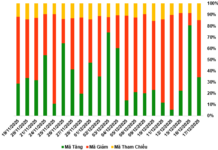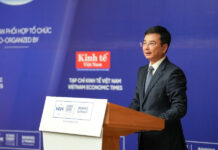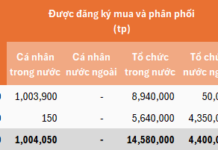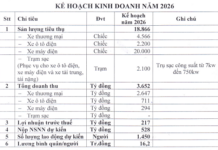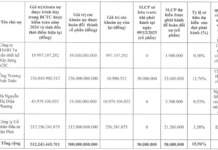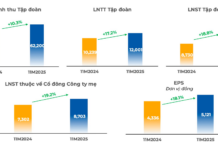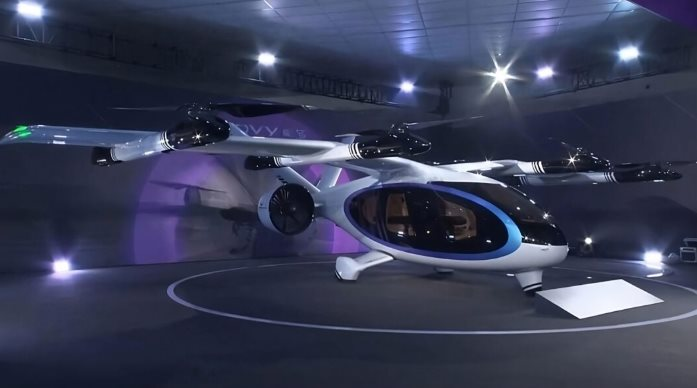
Illustration
The future of transportation is taking off, literally. eVTOLs, or electric vertical take-off and landing vehicles, are being touted as the solution to traffic congestion, and China is leading the charge. On December 18th, automotive giant GAC unveiled its new eVTOL brand, Govy (or Gaoyu), joining a growing market of flying car startups in the country.
Govy’s first product, the Govy AirJet, was revealed as the brand’s second flying car model after the GOVE. The AirJet is set to enter flight testing and begin taking orders in 2025, with plans to obtain flight certification and establish production lines in the same year.
By 2027, GAC aims to have the AirJet operational in two to three cities within the Greater Bay Area of Guangdong-Hong Kong-Macao. For short trips within a 20 km range, the Govy AirCar will be deployed, while the AirJet will cater to longer-distance travel of up to 200 km.
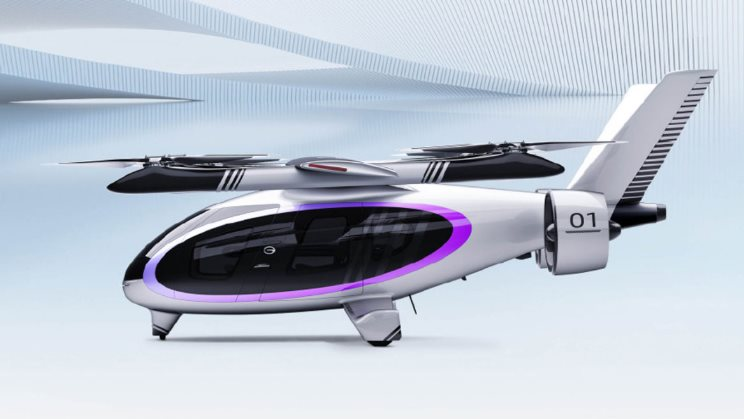
Standing at 2.3 meters tall, the AirJet can reach speeds of up to 250 km/h. It features an 8-axis distributed propulsion system and a direct-drive eDrive with 100 kW electric ducted fans. The official range of the vehicle is 200 km, and it can be quickly charged in just 30 minutes. GAC also has plans to incorporate solid-state batteries in the future, potentially extending the range to 400 km for longer-distance travel.
The interior of the AirJet adopts a 1+1+X layout, accommodating 3 to 4 passengers. The first row is designed as an open space, while the third row offers a flexible “X” configuration.
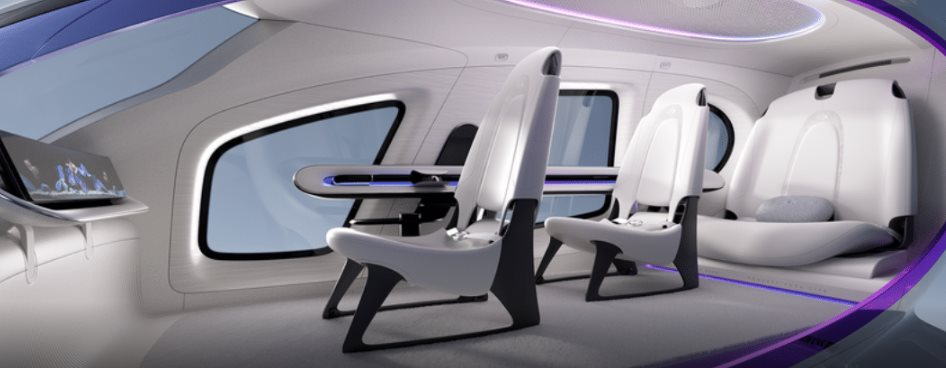
The cabin features a long dashboard display at the front, along with side speakers, cup holders, ambient lighting, and wireless charging for mobile devices, resembling a traditional car cockpit.
GAC Motor, established in 1997, has already made its mark in the Vietnamese market with the launch of its large-sized GAC M8 and GAC GS8 models.
GAC is not alone in its flying car ambitions. Changan, another automotive giant, hinted in a WeChat post on December 17 that it would reveal its plans for flying cars on December 21. Additionally, CATL signed an agreement with Autoflight in August to invest exclusively in the eVTOL manufacturer as a strategic investor.
According to a report on China’s low-altitude economic development, the country could have 100,000 eVTOLs in households or air taxis by 2030. The report suggests that in the next 2-3 years, air traffic control networks and ground flight service infrastructure in major Chinese cities will be largely completed, leading to the large-scale commercialization of eVTOLs.
The price of eVTOLs is expected to decrease from 10 million RMB (1.4 million USD) to an estimated range of 2-3 million RMB for four or five-seater models by 2030.
As technologies like artificial intelligence and human-machine interaction continue to advance, autonomous capabilities will become increasingly prevalent in these flying vehicles.
According to CNC





